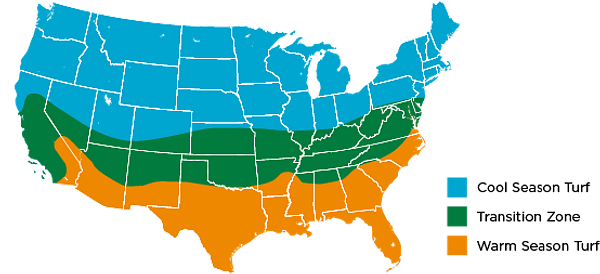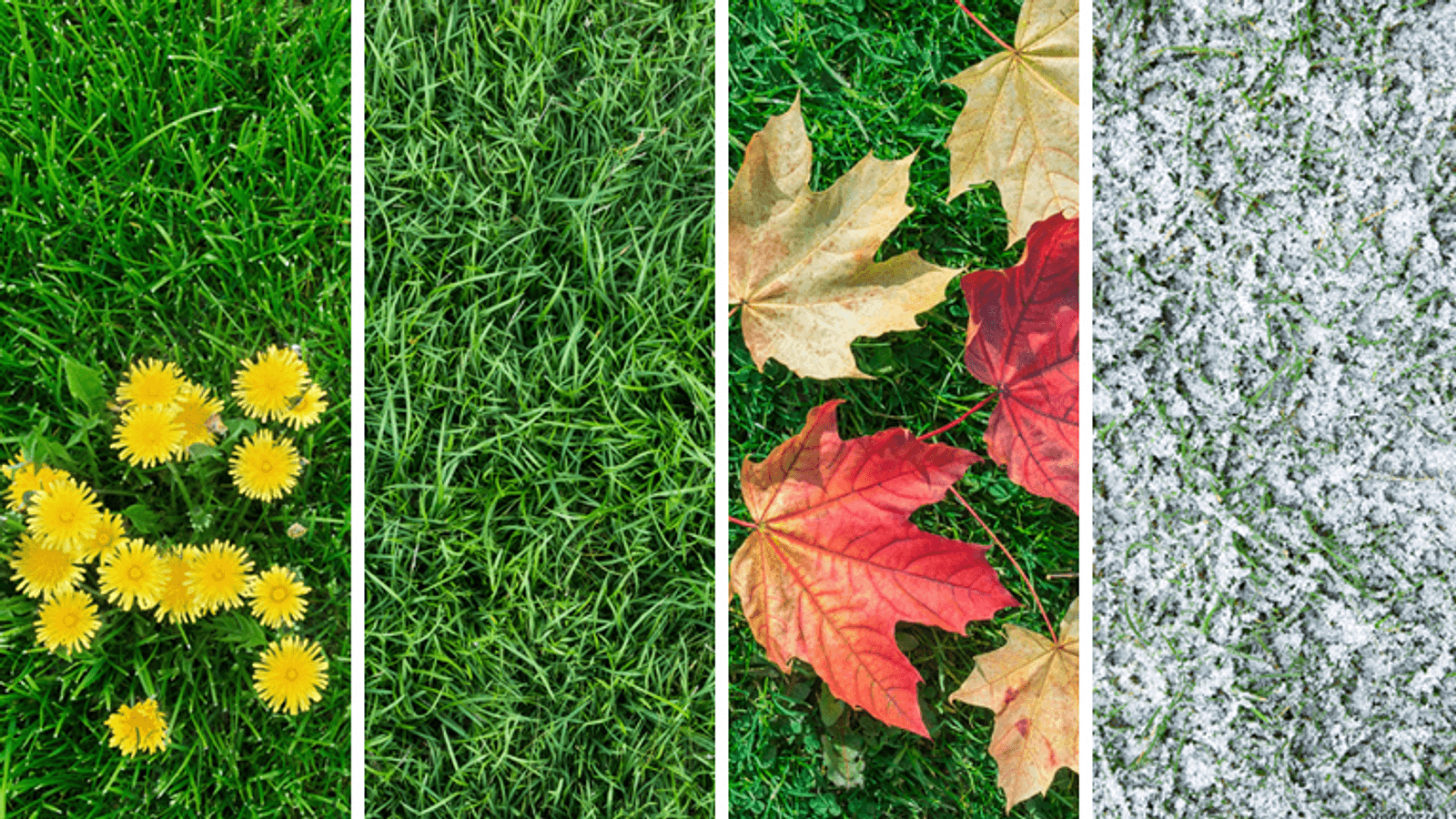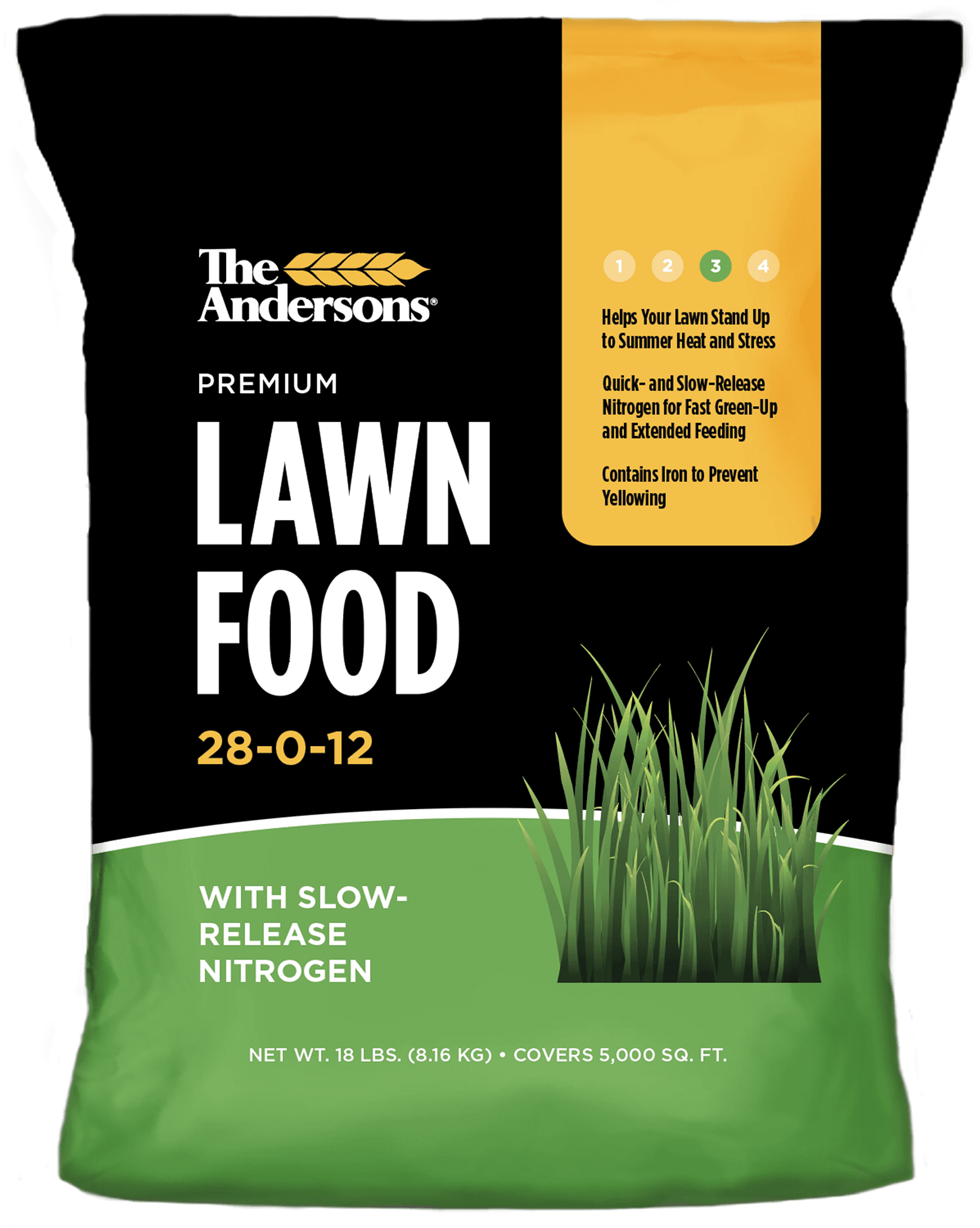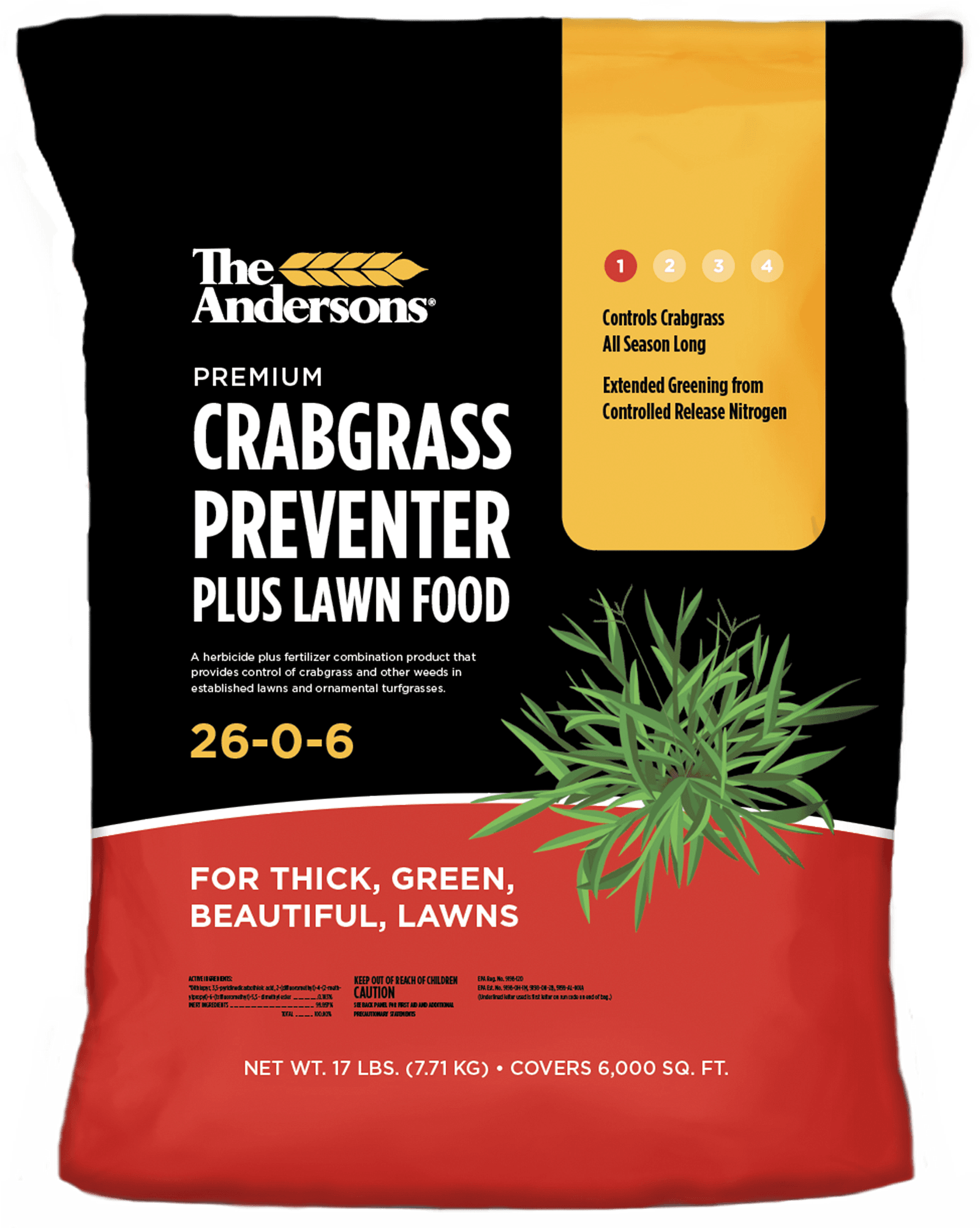The Andersons Lawn Program Application Calendar
It is important to keep up with proper maintenance to have your lawn continue looking its best. Take out the guess work by following The Andersons Lawn Program Application Calendar provided below. Each step is designed to promote a thick and healthy lawn to counterbalance anything thrown your lawn’s way, such as stress, disease, grubs, and more. The steps and timing laid out in the calendar should be used as a guide and depending on your specific conditions from year to year and your own unique lawn’s needs, the steps and timing can be modified or altered.

The Andersons Lawn Program Plus Application Calendar
The Andersons Lawn Program Plus Application Calendar below includes a few additional and optional steps to the Lawn Program Calendar, which are grub control, disease control, and soil amendment application. If you are following the Lawn Program Calendar but run into a grub or disease problem, this calendar will provide a guide on how to incorporate these components into your Lawn Program schedule.

Products
The products included in The Andersons Lawn Program can be found here: The Andersons Lawn Program.

Warm and Cool Season Grasses
These calendars better suit cool season grasses, however, all the products listed in these two calendars are safe to use on all turf types. If you live in the North, you most likely have cool season grass. Common cool season grass types include Kentucky Bluegrass, Annual Ryegrass, Perennial Ryegrass, Fine Fescue, Tall Fescue, Creeping Bentgrass, or a blend of these various grass types. Cool season grasses thrive where the temperatures stay around 65 to 80 degrees during most of the growing season.
If you live in the South, you most likely have a warm season lawn. Common warm season grass types include Bahiagrass, Bermuda, Buffalograss, Carpetgrass, Centipedegrass, St. Augustinegrass, Zoysiagrass, or a blend of these various grass types. Warm season grasses thrive where the temperatures stay around 85 to 90 degrees during most of the growing season.
The states that fall between the cool and warm season zones are in the "transition zone". This is where having a blend of both warm and cool season grasses is common.

Click here to learn more about our Cool Season Grass: Lawn Care Calendar.
Click here to learn more about our Warm Season Grass: Lawn Care Calendar.
Questions? Our customer service team is available Monday through Friday from 9 am to 5 pm EST to help.




